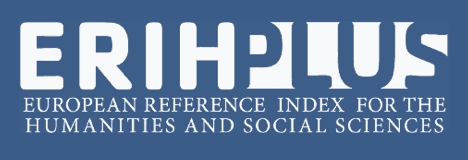A Comparison of Turkey’s Human Capital Stock with Some Selected Mena Countries by Topsis Method
Abstract
The paper provides a comparison of Turkey with the Middle East and North Africa (MENA) countries in terms of human capital stock by using TOPSIS method. MENA acronym generally refers to the region spanning horizontally from Morocco to Iran. Due to the lack of data Libya, Syria and Palestine are omitted in the study. In the comparison of countries, the Technique for Order Preference by Similarity to Ideal Solution (TOPSIS), which is one of the Multi-Criteria Decision Making (MCDM) methods, has been applied. The infant mortality rate (per 1,000 live births), unemployment rate (percentage of the total workforce), life expectancy at birth, total (years), labour force participation rate (percentage of the total population between 15-64), current health expenditure (percentage of GDP), internet users (percentage of the total population) and population between 15-64 years (percentage of the total population) have been used as the indicators of human capital stock of each country in the study. The data of the countries in 2005, 2010 and 2015 have been used for comparison. The analysis period was terminated in 2015 since no data for the countries were available for the next turn from this date. Qatar, United Arab Emirates and Israel are the countries that share the first three ranks with the highest human capital performance, and Iraq and Yemen are the countries with the lowest human capital performance in all the examined years. Turkey was in the 13th rank among 17 countries in 2005. However, it rose to the eighth rank in 2010 and 2015. Iraq and Yemen, which are the countries most disadvantaged in terms of human capital, should make comprehensive reforms in these subjects and increase the quality of human capital rapidly to grow economically in the future.

This work is licensed under a Creative Commons Attribution-NonCommercial 4.0 International License.













.jpg)








